ANNOUNCEMENT
We will be performing a major website update for two weeks starting 12/15/2022 and continue until 12/31/2022. The site, its content, and functions will be completely redesigned. Please plan accordingly for this interruption of service. There will be no access to resources, accounts, and pages. We will do our best to shorten this downtime. We anticipate that user accounts will need to be recreated with new login credentials. We apologize for any inconvenience.
- Where to start?
-
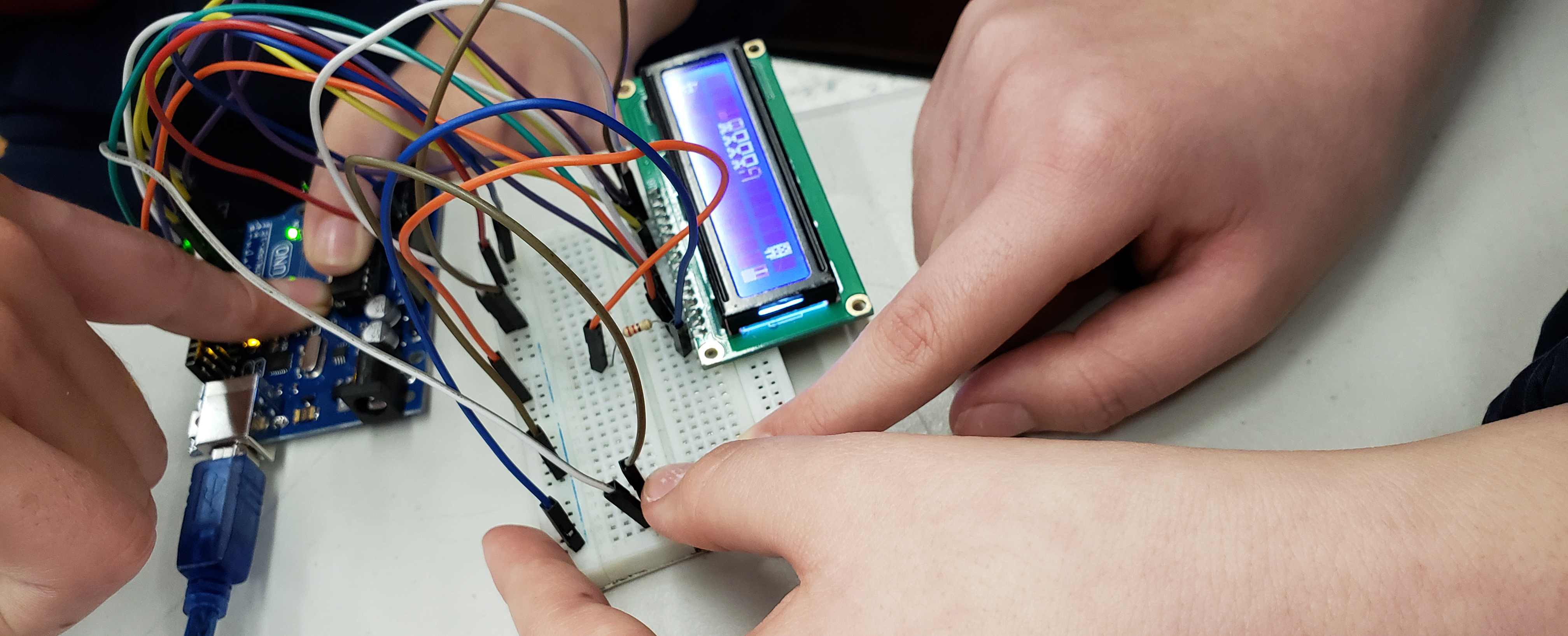
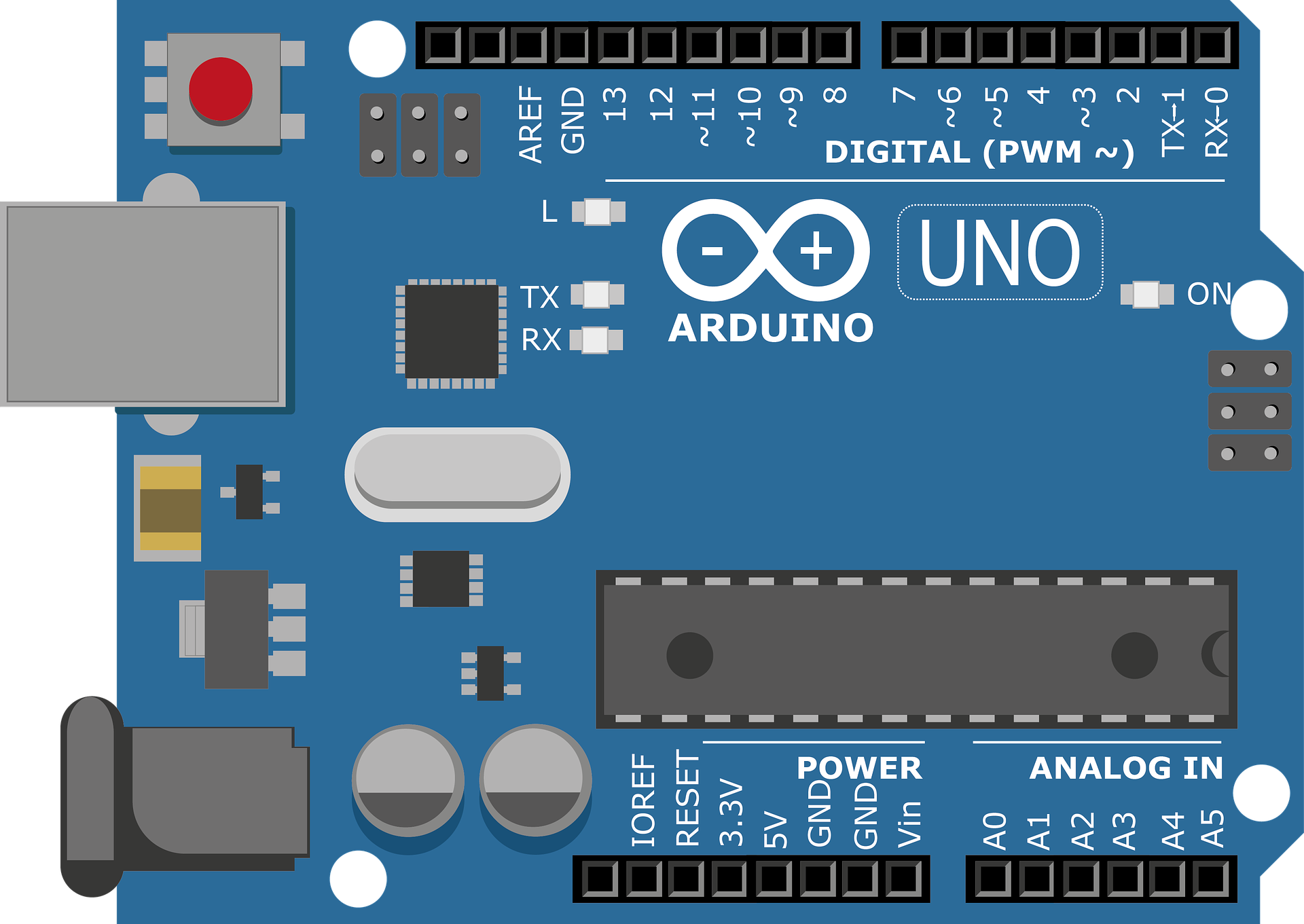
Screengrab of the Arduino® UNO microcontroller from Tinkercad® At the center of the program is a series of technologies that are called microcontrollers. This includes the UNO and ESP families of microcontrollers which are inexpensive, flexible, easy to use, and open-source. These platforms are perfect to use in the classroom or at home for education. Several companies including Arduino®, DFRobot®, Adafruit®, Steren®, and others make UNO boards and ESP boards.
Whether it is in a classroom, camp, after-school program, or at the dinner table Arduino® and the ESP32 are excellent platforms to teach coding, embedded systems, physical computing, engineering, and explore the world through sensors and outputs.
These boards are designed to work with hundreds of inexpensive connection, input, and output devices, ranging from Bluetooth® or cellular connectors to LEDs and buzzers to light, motion, and gas sensors, and more.
Projects are easy to learn, easy to teach, and easy to innovate from. Students, teachers, and hobbyists find the projects fun to implement. Whether for classrooms, homeschools, or at the hobby bench there are limitless combinations of inputs and outputs to make your projects do something practical or fun. Makers at all levels choose these boards to build their creations.
The UNO board is one of the boards that Arduino® builds and is ideal for teaching students coding. The UNO board is large and durable enough for the classroom while inexpensive, easy to modify, and ideal for entry-level learners.
At the heart of the code coding is a modified C/C++ language. There is a great demand for experienced C / C++ programmers who earn excellent salaries for their programming capabilities.
The manufacturers of these boards are positioning themselves in the market as a hardware provider for the Internet of Things (IoT). IoT connects devices like home appliances, home monitoring, and other internet-connected devices that you might use an app on your smartphone to control.
- Why The STEAM+C Classroom?
-
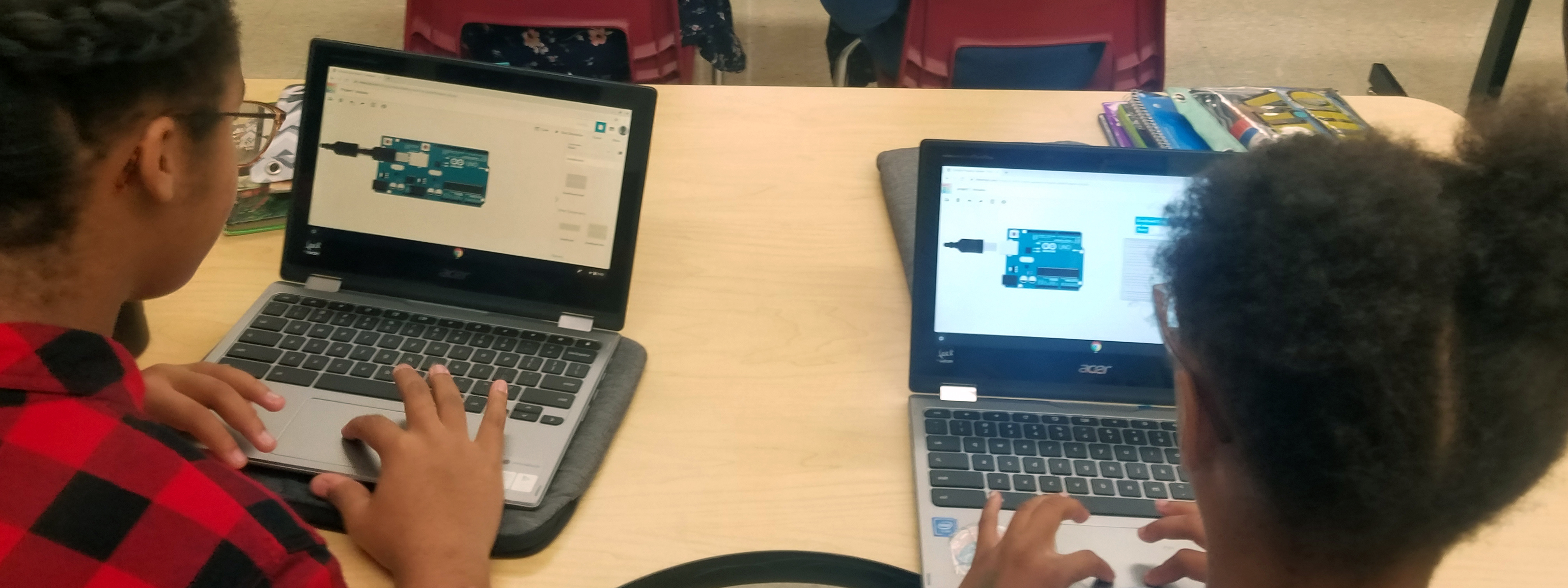
Our first curriculum is The STEAM Edition. It is a 240-page curriculum that presents 25 classroom-tested, engaging projects with step-by-step instructions written by award-winning educators Isabel Mendiola and Peter Haydock for educators. This curriculum has proven excellent for classrooms as well as self-motivated learners. Over 110 project extensions are suggested with hundreds more possible.
The projects start with students building a digital prototype in Tinkercad® or Fritzing, coding in Tinkercad to test the code, then progressing to building the prototype. Each project then culminates with innovation challenges to change the project. Classes can share their projects with this website (with free registration).
Our second curriculum, The STEAM+C Classroom: Internet of Things Edition is now available with our third curriculum The STEAM+C Classroom: STEM Data Edition is forthcoming.
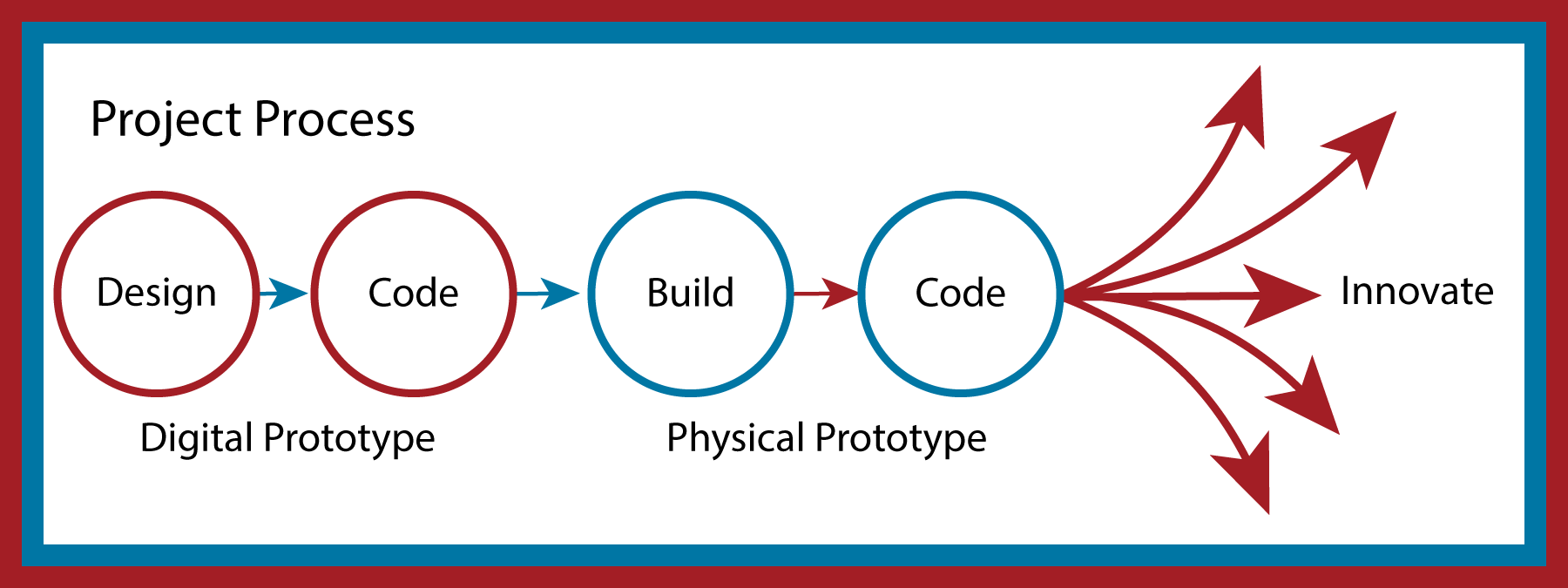
Over 1000 students piloted this curriculum in Monterrey, Mexico between 2014 and 2019 at one of the elite schools in the city. Students using the skills learned from the curriculum have won national and state-level science and engineering awards.
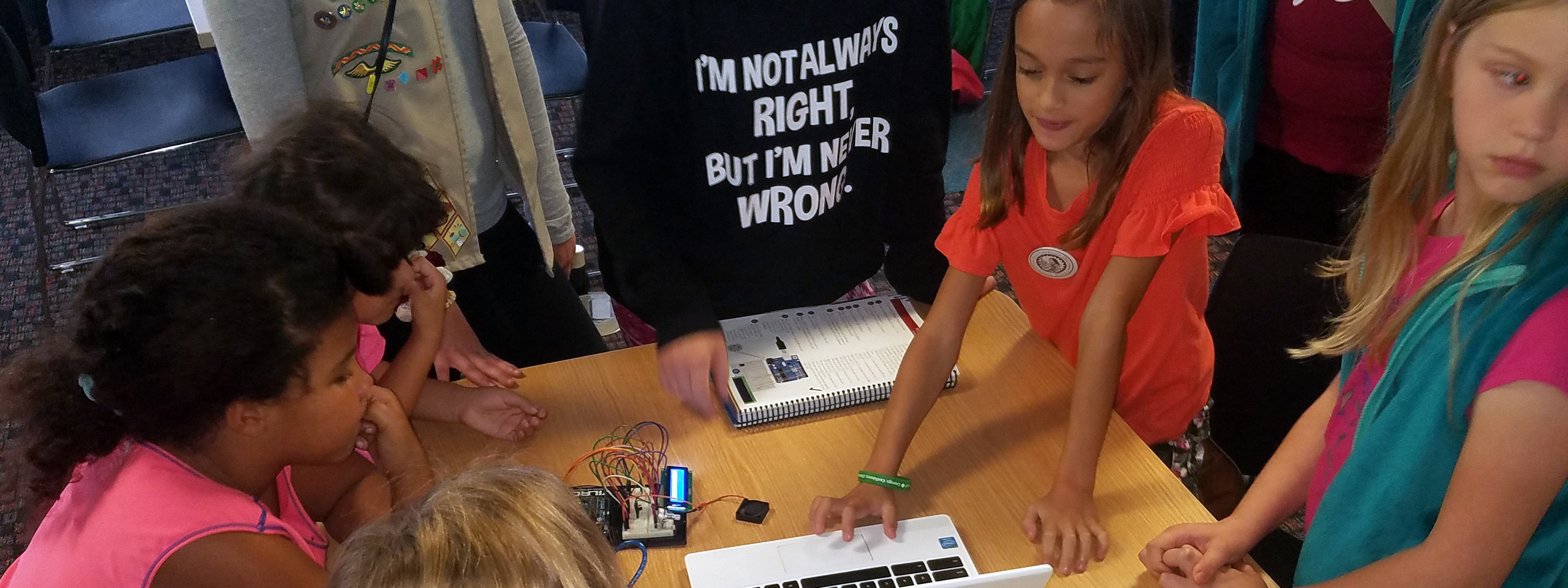
These STEAM (Science, Technology, Engineering, Arts, and Math) projects are aligned to
- ISTE Standards
- US Computer Science Standards (online after launch)
- Next Generation Science Standards
- Common Core English and Math Standards
- National Standards of Other Countries (online after launch)
- State Standards (online after launch)
There are 15 skill building sections to support your classroom implementation and prepare students for opensource coding including
- Troubleshooting Projects
- GitHub®
- Writing Conditional Statements
- Fritzing
- Tinkercad®
- Opensource Resources
Through this book (with plans for more) you will easily implement and integrate the ARDUINO® platform into your classroom. These projects will help you meet engineering and technology-based standards and will allow you to provide real-world interactivity with science, technology. engineering, allied arts, and math.
Along with the step-by-step instructions the book features detailed color photos of the projects, technical diagrams, real-life connections, over 110 extension activities, anticipatory sets, discussion questions, and project-based assessments.
The book is easy enough to give to a student as an enrichment activity and rich enough in ideas to engage and implement for your entire classroom.
Registered members gain free access to the online project submission form, project update links, and project resource links.
- What is Gearbox Labs?
-

Gearbox Labs is the publisher and service provider for The STEAM+C Classroom. We are a 501(c)(3) company located in Wisconsin. We were founded in 2019 with the mission to develop and deliver cutting edge STEM/STEAM resources and services.
For more information visit our publishers website here.
- What resources and services are provided?
-
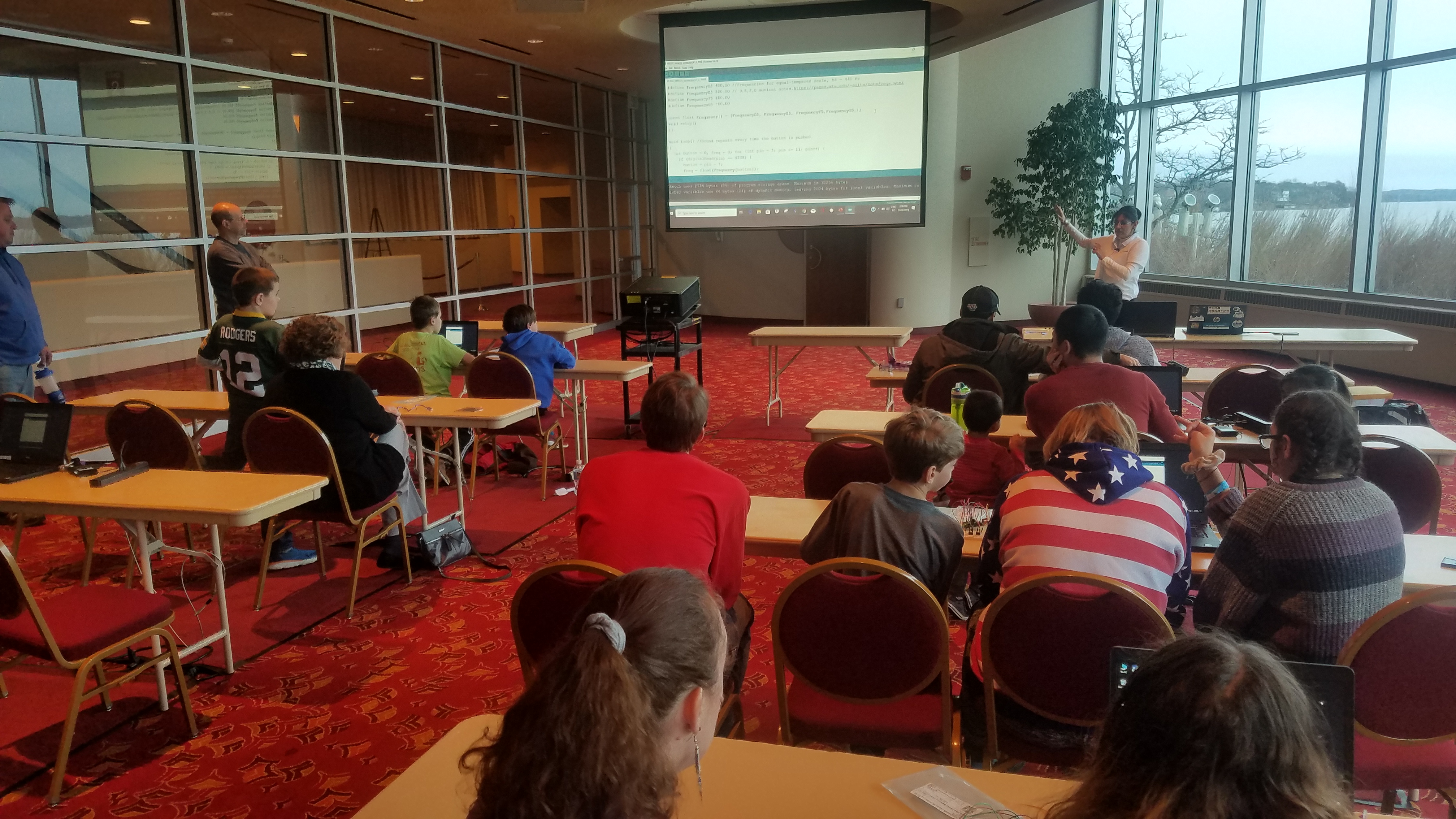 Aside from publishing The STEAM+C Classroom series, we also build the supporting resource kits, and we can come to you.
Aside from publishing The STEAM+C Classroom series, we also build the supporting resource kits, and we can come to you.We have starter kits, training kits and full kits as well as curriculum and kit bundles.
When we come to you, we can lead a one or two-day professional development class or we can stay longer for an in-classroom residency.
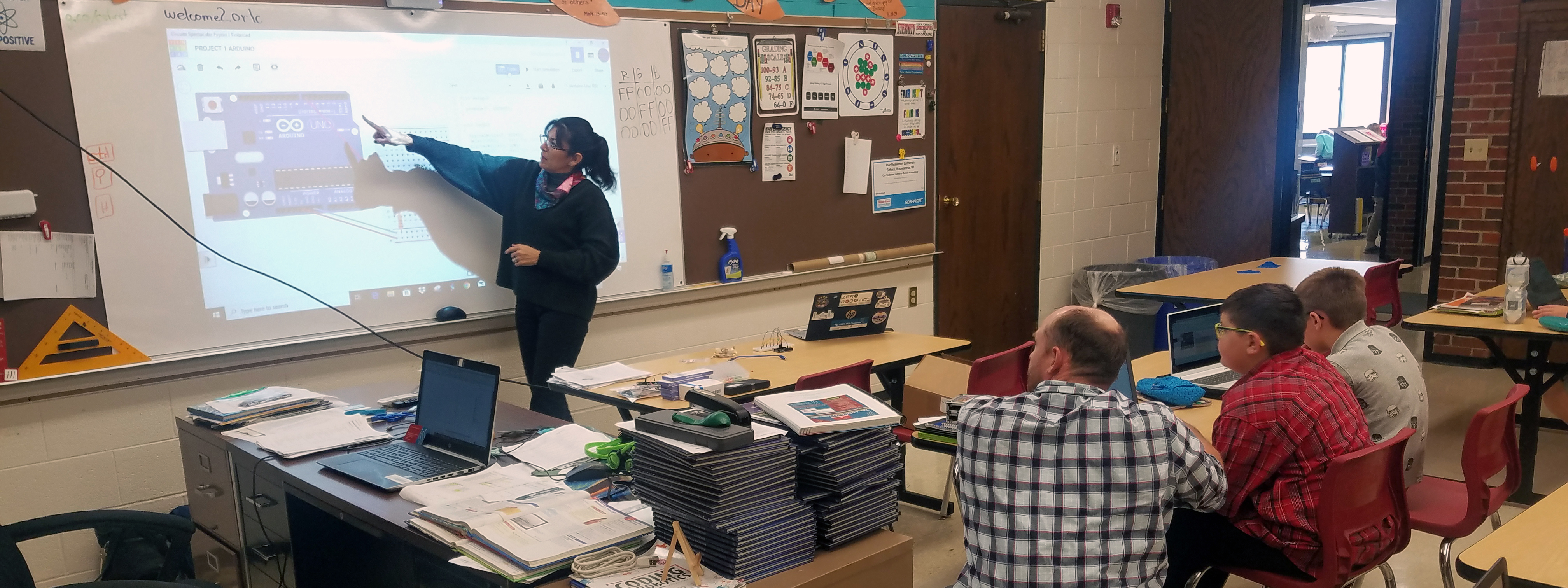
We also run free and reduced-fee workshops as part of our mission. Check our calendar or store for workshops.
Basic registration on this site is free (order it here) and you can obtain access to FREE additional resources for the curriculum from our store.
You can also purchase a premium membership for this site. This membership will give you access to copy and paste code, photos, technical diagrams, project videos, classroom presentations, and other digital resources.